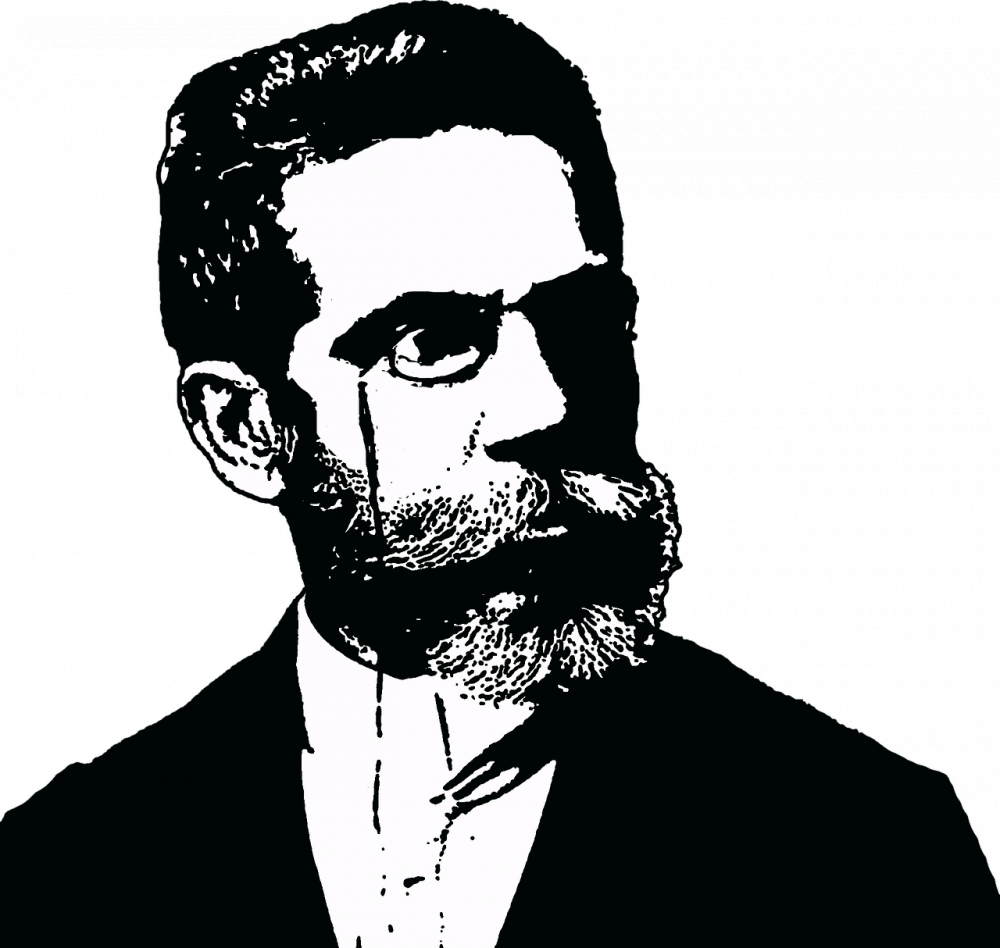The Raven: Edgar Allan Poes Dark Masterpiece

Introduction:
“The Raven” is one of Edgar Allan Poe’s most famous and influential works of literature. This hauntingly captivating poem, first published in 1845, has mesmerized readers for generations with its eerie atmosphere and vivid imagery. In this article, we will explore the significance of “The Raven” for those interested in Poe’s works, delve into its historical development, and analyze its lasting impact on literature and popular culture.
I. Understanding “The Raven”: An Overview

“The Raven” tells the story of a bereaved lover who is visited by a talking raven in the midst of his grief-stricken solitude. As the poem progresses, the protagonist’s mental state deteriorates, and the raven becomes a symbolic representation of his anguish and despair. This bleak narrative, written in first-person narrative, explores themes of loss, mortality, and the unrelenting nature of grief.
– The poem consists of eighteen stanzas, each with a consistent rhyme scheme and meter, adding to its musicality and rhythmic flow.
– Poe’s use of alliteration, internal rhymes, and onomatopoeia amplifies the poem’s haunting aura, capturing the reader’s attention from the very first line.
– The central refrain of “nevermore” serves as a potent reminder of the protagonist’s despair, echoing throughout the poem as a chilling reminder of his unending sorrow.
II. Historical Development of “The Raven”
“The Raven” was first published in the New York Evening Mirror on January 29, 1845. Its instant popularity earned Poe both critical acclaim and financial success, solidifying his reputation as a master of the macabre. The following are key milestones in its historical journey:
– Contemporary Reception: “The Raven” received mixed reviews upon its initial publication. Some praised its dark beauty and captivating imagery, while others found it disturbing and incomprehensible. However, its popularity quickly grew, and it became a sensation among both literary circles and the general public.
– Influence on Poetry: Poe’s innovative use of meter and rhyme scheme in “The Raven” revolutionized the genre of poetry. He introduced a new level of musicality and emotional intensity, inspiring generations of poets to experiment with form and structure.
– Popularity in Pop Culture: “The Raven” has permeated popular culture, with various adaptations in music, film, and literature. Notable examples include the 1963 film “The Raven” starring Vincent Price, and the use of the poem’s iconic refrain in award-winning songs like “The Raven” by The Alan Parsons Project.
III. Lasting Impact of “The Raven”
“The Raven” remains a cornerstone of Edgar Allan Poe’s literary legacy. Its immense influence can be seen in the following ways:
– Psychological Exploration: Poe’s masterful depiction of the protagonist’s internal turmoil and descent into madness set a precedent for the exploration of psychological themes in literature. His portrayal of the human psyche’s fragility and vulnerability still resonates with readers today.
– Revolutionary Writing Style: “The Raven” established Poe’s unique literary style characterized by his meticulous attention to detail, vivid imagery, and brooding atmospheres. This groundbreaking approach influenced generations of writers, laying the foundation for Gothic literature and the development of the horror genre.
– Universal Themes: The poem’s exploration of universal themes such as grief, loss, and the human capacity for self-destruction continues to captivate readers across cultures and generations. Its timeless appeal lies in its ability to tap into the depths of human emotion and the universal experience of suffering.
Conclusion:
“The Raven” is a masterpiece that exemplifies Edgar Allan Poe’s genius in crafting hauntingly beautiful poetry. Through its atmospheric narrative and exploration of timeless themes, it continues to captivate and intrigue readers worldwide. Whether one is a Poe enthusiast or a curious newcomer, “The Raven” serves as a powerful reminder of the enduring power of literature to delve into the darkest aspects of the human experience.
By delving into the historical context, poetic nuances, and pervasive influence of “The Raven,” we gain a deeper appreciation for its significance in the world of literature. As lovers of art and collectors of knowledge, it is essential to recognize the legacy left by such seminal works, and “The Raven” undeniably holds an esteemed place in the annals of literary history.











